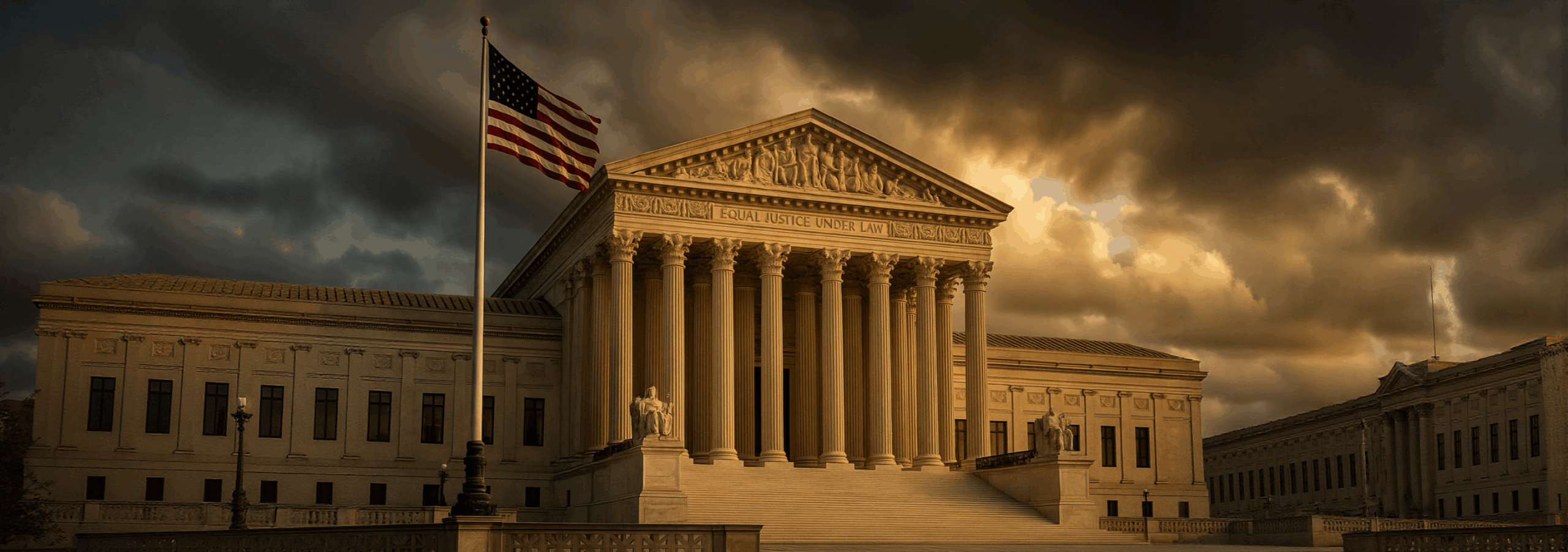High Court’s 7–2 Decision Means CFPB Rules and Exams Continue Uninterrupted
A cloud of uncertainty lifted in mid-2024 when the U.S. Supreme Court affirmed the constitutionality of the CFPB’s funding and structure. By a 7–2 vote in CFPB v. CFSA (May 2024), the justices rejected a challenge that argued the Bureau’s funding via the Federal Reserve violated the Appropriations Clause.
This ruling overturned a lower court’s decision and reassured financial institutions that the CFPB – the chief regulator for consumer financial laws – would continue operating normally.
Credit union collections managers breathed a cautious sigh of relief. Had the Court ruled otherwise, it might have thrown into question countless regulations (from Fair Debt Collection practices to Truth in Lending rules) and even put a pause on CFPB supervisory activities. Instead, the status quo prevailed: CFPB examiners kept examining, and rules on the books stayed in force.
The decision, authored by Justice Clarence Thomas, leaned on constitutional text and history to conclude Congress’s indirect funding mechanism for CFPB was permissible.
For credit unions, the practical impact is regulatory continuity. Initiatives like the CFPB’s debt collection rule (Regulation F) and consumer protection enforcement proceeded without disruption. However, the case was a wake-up call – it highlighted the CFPB’s unique independence and galvanized some in Congress to consider reining in that autonomy via legislation.
Takeaway: The Supreme Court put to rest a major legal threat to the CFPB (and by extension, all its guidance). Collections professionals should continue to prioritize compliance with CFPB regulations – they remain the law of the land – while keeping an eye on any legislative responses that could alter the regulatory landscape in the future.

